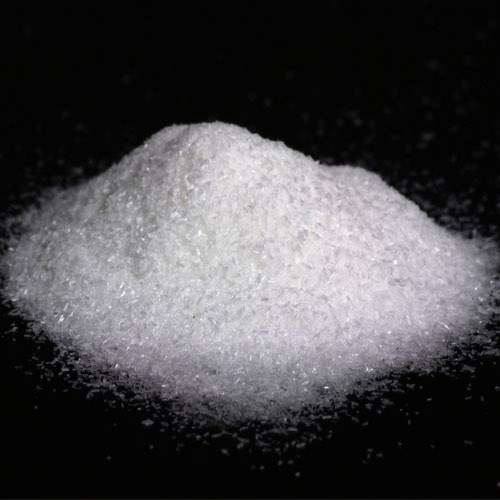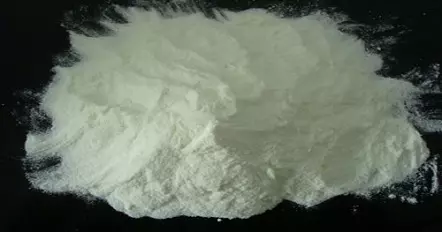Sodium Sulfide (Yellow)
|
IUPAC Name |
: disodium sulfide |
|
Cas Number |
: 1313-82-2 |
|
HS Code |
: 2815.11.00 |
|
Formula |
: Na2S |
Basic Info
|
Appearance Name |
: Light Yellow Powder |
|
Common Names |
: Sodium sulfide anhydrous, sodium sulfide with <30% water of crystalization, sodiumsulphide, sodium monosulfide |
|
Packaging |
: 25 Kg Plastic Woven Bags |



---india.webp)

